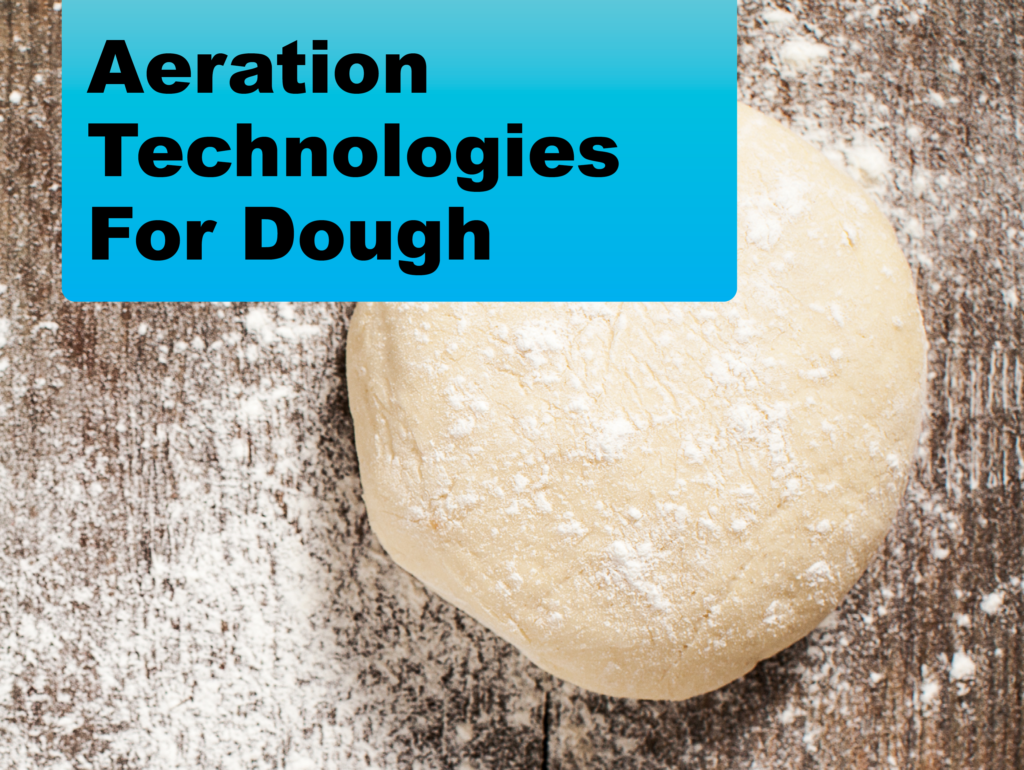
Due: April 7, 2023
In the baking industry, the density of a baked good is critical to delivering the best possible experience for the consumer. Anyone who has made a cookie, cracker, soft cake, or other delicious baked good can tell you that dough before baking is quite dense, while the finished product is much lighter and airier. The product transforms during the baking process to attain all of its desired final attributes.
Some of the key ingredients that drive this transformation are leavening agents. Leavening agents react with the other ingredients in baked goods when exposed to high temperatures to produce carbon dioxide, which in addition to steam generated during baking, creates air pockets within the product and thus yielding the desired airier texture. Common leavening agents include yeast (natural) and sodium bicarbonate (chemical). This raises the question, is it possible to produce these same air pockets and the same desired texture without the use of leavening agents?
TechConnect’s client, a global leader in baked goods, is interested in exploring novel methods for entrapping air into dough. Specifically, the client is seeking non-traditional approaches which do not rely on chemical leavening agents or yeast. All approaches, suitable for use at any stage of dough formation or processing, are of interest.
Potential pathways of interest include, but are not limited to:
- Mixing equipment which allows for increased aeration of dough during processing
- Gas injection technologies
- New ingredients which deliver aeration or leavening without being a chemical leavening agent or yeast that is widely used within the baking industry
Proposed approaches should:
- Produce baked goods with visual, taste and textural attributes comparable to those using conventional leavening and processing techniques
- Utilize ingredients which would require minimal modifications to labels and packaging
While technologies at all stages of maturity are of interest, those which could be implemented in a production environment within 24-36 months are of strongest appeal. Approaches adapted from non-food industries are also of potential interest.
Ideally, proposed solutions would allow for the complete removal of leavening agents from the client’s production process. Approaches which permit reductions in leavening usage will also be considered.
The client may also consider responses from subject matter experts (SMEs) with relevant knowledge and experience in the preparation of baked goods with non-traditional leavening agents or those entirely without leavening agents.
The goal of this sprint is to facilitate contact and interactions between the Sprint sponsor and commercial entities (including Start-ups) or technology developers or research organization/university in this space. Submissions from all viable subject matter experts are of interest including those from academia and commercial entities.
